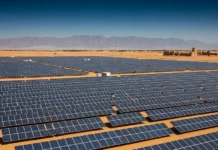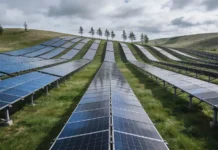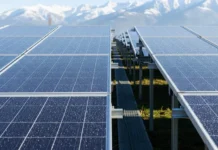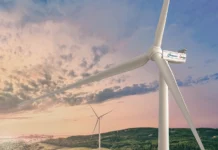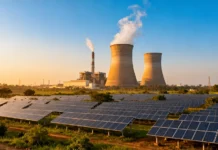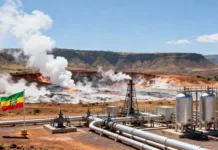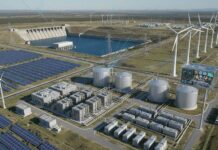Power outages are increasing nationwide due to climate change, which is causing more frequent wildfires, heat waves, and severe weather events. Both FEMA and the state of California have recently allocated funds to help communities establish “resilience hubs” that use solar and battery systems to supply emergency power.
A study published in the journal Risk Analysis suggests that placing resilience hubs strategically throughout California could produce up to 8 GW of solar energy, reducing the state’s carbon emissions by 5 million tons annually.
These resilience hubs, located in community facilities like schools, libraries, community centers, and places of worship, provide critical services such as phone charging, cooling, and powering medical devices. Unlike temporary emergency relocation centers, resilience hubs offer year-round services, helping vulnerable and disadvantaged populations.
Senior scientist Patrick Murphy mentioned that there is a high demand for resilience hubs, as evidenced by California’s Strategic Growth Council awarding 11 grants for resilience hubs in February 2024, although more than 100 communities had requested funding.
Murphy and his team at PSE Healthy Energy identified nearly 20,000 potential sites for solar and battery-powered resilience hubs. They determined the optimal system design for daily operation and calculated the additional power and equipment required during different outage scenarios. Their analysis incorporated sociodemographic data to guide policy and funding priorities, focusing on regions where establishing resilience hubs is challenging or expensive, and where the populations are most in need.
The study also found that coastal northern California faces resilience challenges during the rainy and snowy winter season, while the Imperial Valley in southern California struggles when summer heat exceeds rooftop solar capacity. Regions and seasons with higher energy demands than their potential solar harvesting capabilities will need either more sites or additional roof space to ensure resilient energy for hubs.
If grid power is available, candidate resilience hubs could provide critical services to approximately 15.8 million people, which is about 40% of Californians. However, further study is needed to determine if this capacity is accessible to the most vulnerable populations.
Murphy noted that solar and battery power for everyday operations is often financially viable without requiring additional funding, particularly in areas with abundant sunshine and high utility rates. High utility rates make the switch to solar and battery power more economically justified due to greater savings from renewable energy, whereas regions with lower utility costs, while more affordable day-to-day, make solar adoption harder to justify economically.
The total cost of implementing solar and battery power for everyday use pays for itself through saved utility expenses. However, additional upfront capital is needed to meet resilience requirements, mainly for increased battery storage.
Murphy emphasized that resilience hubs provide services year-round, not just during disasters, and thus help build a community’s adaptive capacity before disasters occur.



